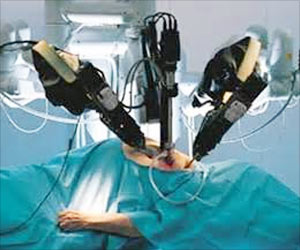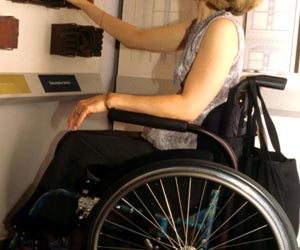In a mathematical model, a robot was equipped with sensors and a miniature microscope to measure the color of bacteria instructing it.

For future experiments, Ruder is building robots that will have the ability to read bacterial gene expression levels in E. coli using miniature fluorescent microscopes.
The robots will respond to bacteria he will engineer in his lab.
Ruder’s approach revealed unique decision-making behavior by a bacteria-robot system.
The bacteria in the mathematical experiment exhibited their genetic circuitry by either turning green or red according to what they ate.
In the mathematical model, the robot was equipped with sensors and a miniature microscope to measure the color of bacteria instructing it where and how fast to go depending upon the pigment and intensity of color.
Advertisement
On a broad scale, understanding the biochemical sensing between organisms could have far reaching implications in ecology, biology and robotics, said the paper published in the journal Scientific Reports.
Advertisement
In health care, further understanding of bacteria’s role in controlling gut physiology could lead to bacteria-based prescriptions to treat mental and physical illnesses.
Ruder also envisions droids that could execute tasks such as deploying bacteria to remediate oil spills.
Source-IANS














